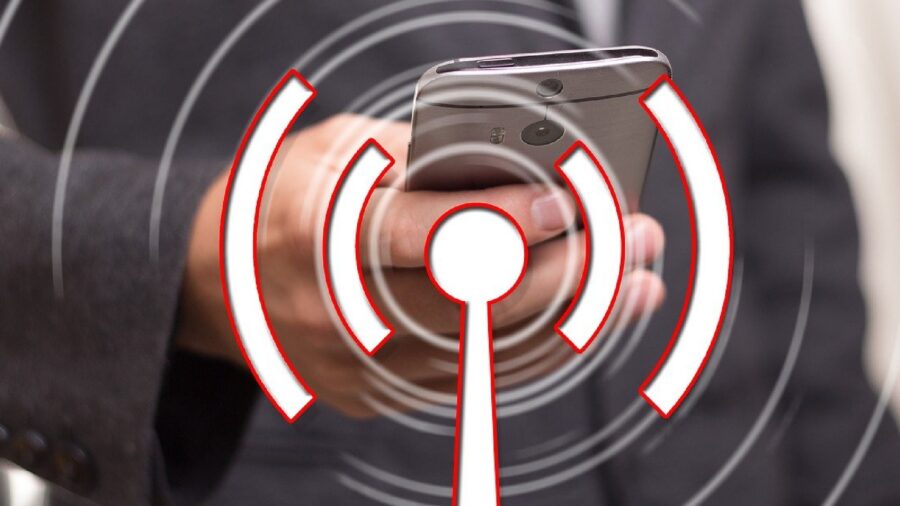Scientists Find New Use For Home WiFi That Could Save You Money

Out of all the small things in the world that can give you that little burst of happiness during a particularly bad day, saving money has to be near the top of the list. Thanks to a new invention from a group of researchers, not only will you be able to save some of your hard-earned cash, you’ll be able to save some energy as well, and all it’ll take is some measly WiFi power and Bluetooth signals that you wouldn’t have even used in the first place. With the emergence of a brand new invention called the rectenna, or rectifying antenna, users will be able to convert ambient electromagnetic waves into enough electricity to power nearby small devices.
It Could Eventually Work On Larger Devices

Led by Raghav Sharma, from the Department of Electrical and Computer Engineering at the National University of Singapore, a team of researchers developed a “sensitive spin rectifier rectenna” that has the ability to harvest ambient radiofrequency signals between −62 and −20 decibel-milliwatts (dBm), which is equal to less than 0.00001 watts.
While the wattage may seem like nothing more than a rounding error, the newly designed spin rectifiers can be used to wirelessly power a sensor at a radiofrequency power of −27 dBm. According to the team of researchers, this ability to harvest ambient radiofrequency signals can eventually be scaled up to power larger devices by harvesting WiFi power.
Converting Energy Into Electricity

The team of researchers detailed their findings in the July 2024 issue of the Nature Electronics journal, a monthly peer-reviewed scientific journal. As part of their research, the team used their newly constructed rectenna to capture electrons to power a commercial thermometer using a minuscule amount of energy. The team argues that their new approach was able to efficiently convert electromagnetic energy into direct current (DC) electricity.
Rectennas

Based on the results of their research, the team of scientists suggest that this newly discovered approach could eventually be used to power Internet of Things (IoT) devices, such as sensors, gadgets, appliances, or even machines. This can be achieved by applying a small amount of the excess radiofrequency (RF) signals that devices use to communicate with each other.
While rectennas are nothing new, this brand-new and highly-sensitive rectenna will be able to capture WiFi power that would normally go unused and forgotten about.
Radio Frequencies

In order to harvest ambient WiFi power and Bluetooth signals, Sharma and the team of researchers applied lesser-known theories in quantum research. One of those theories is spintronics, or spin electronics, which is the study of the intrinsic spin of electrons and their associated magnetic moments, as well as its basic electronic charge, in solid-state devices.
The team then utilized radio frequencies to help manipulate magnetic materials inside devices, which altered the spin of electrons and ultimately harnessed the created energy into electricity using the rectenna.
Saving

By tapping into the untouched world of ambient electromagnetic waves, users may one day be able to reduce the need to power certain devices with batteries. With a seemingly endless supply of WiFi power and Bluetooth signals all around us, harvesting those ambient waves just might add some savings to our monthly bills while also lightening our impact on the environment.
Source: Nature Electronics Journal












